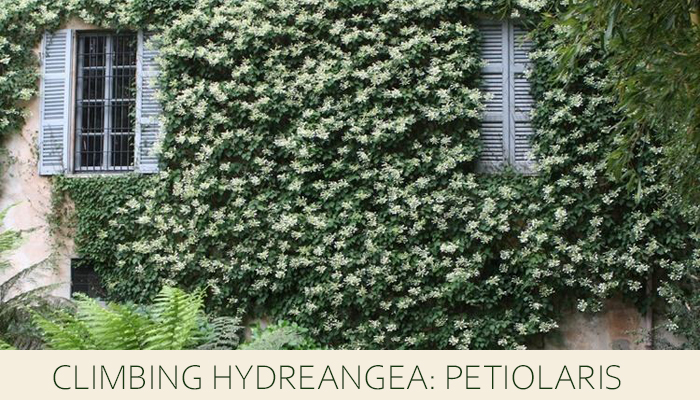
- Floral Services
- About
- Pricing
- Preservation
-
Portfolio
- Pumpkin Flowers Gallery
- Commercial Floral Gallery
- Scent Free Arrangement's
- Wedding Flowers
- Rental Furniture or Equipment
- EZ Vase
- Gifts & Gift Basket Gallery
- Jewelry & Bridal Accessories
- Just Flowers Gallery
- Budding Impressions 2011
- Budding Impressions 2012
- Budding Impressions 2014
- Budding Impressions 2015
- Contact
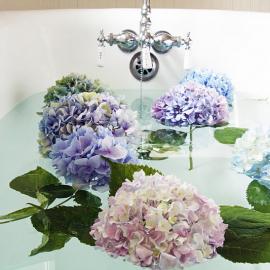
Making Cut Hydrangea Last Longer
Hydrangea Care
At Petals n Buds, we cut the hydrangea
just above the knot at a 90 degree angle under water and treat them in a
hydrating liquid before arranging. If you find your hydrangea are looking
flimsy try one of the methods below to rehydrate them. Its important that you
use these methods as soon as you notice any dehydration as there is a point to
which the interior cells of the plant become so dry, they are unable to take up
water and unable to be replenished. We want you to enjoy your flowers for as
long as possible.

Using Alum Spice to Help Cut
Hydrangeas:
Plan to cut hydrangea blooms in the
morning while the weather is cool. Take a pitcher of water to the garden and
drop bloom stems into water immediately after cutting them (important). As you
arrange the blooms, recut the stems and dip the bottom 1/2 inch of stem into
powdered alum spice found at the grocery store.
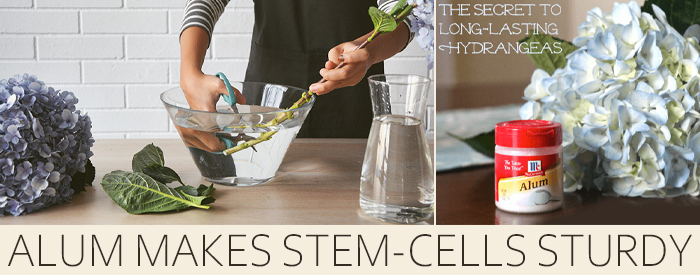
Preparing cut hydrangea for design:
When cutting hydrangeas, take water to
the garden in a container. Immediately after cutting each bloom, drop the stem
in the water. This step is very important as air gets trapped in the stem of
the hydrangea quickly. I cut hydrangea under water a second time, always above
a knot in the stem before placing my hydrangea in a vase or arranging. When
your indoors you can also boil water and pour it into a cup or any container.
Stand the stems of the hydrangeas in the hot water for 30 seconds. Immediately
put into room temperature water and then arrange.
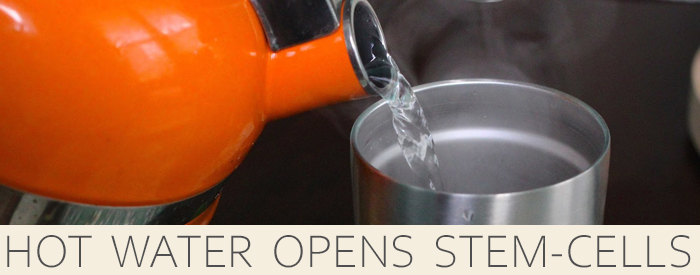
Reviving Wilted Blooms in an
Arrangement:
There is a point past which this
technique will no longer revive the bloom, but I've had it work 4-5 days after
the hydrangeas were actually cut. Place the ends of each stem in steaming water
for 30 seconds, making sure that the steam does not burn the flower head. Then,
plunge the cuttings up to the flower head room temperature water. Drape moist
paper towels across the tops of the blossoms to cover them completely. Do not
allow the paper towels to dry out. In four hours, your hydrangeas should be
fully conditioned and ready for arranging.
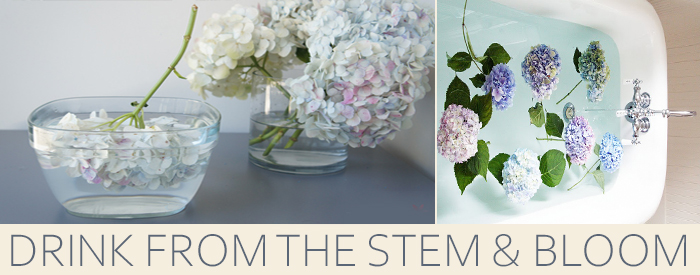
If your afraid to try this, you can
also fully submerge your hydrangea in lukewarm water, flower head and all, or
water up to the bloom and mist the bloom. Flowers will re-plump within 12 hours
if they are not beyond their hydro point. If you treat your blooms in this way
and they stay fallen, they will not revive because the cells of the bloom have
dried. Watch the video below for more information.
Varieties of Hydrangea
Hydrangeas are beautiful shrubs with a spectacular flower display. Their large, round flower heads are what distinguish them from every other shrub in the garden. Among many varieties of hydrangea, we will focus on six of the most popular and those that you might see available in Petals n Buds Flower shop at different times, they may be in season.
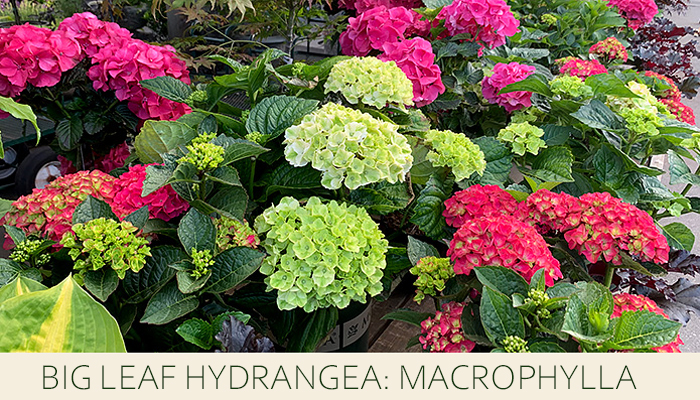
First and most commonly recognised are
the bigleaf hydrangeas known by their scientific name as Hydrangea macrophylla.
Other common names include florist’s hydrangea, garden hydrangea, and French
hydrangea. These Hydrangea are commonly sold at Petals n Buds flower shops and
come in a few different colors such as purple, blue or pink.
It
is important to keep the bigleaf hydrangeas watered on a consistent basis as
they are sensitive to drought.
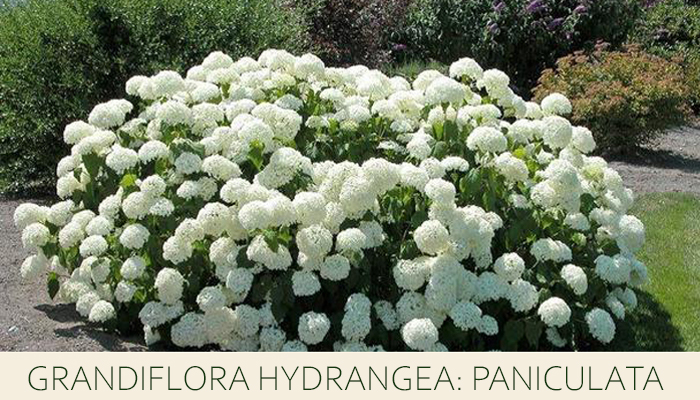
Hydrangea
paniculata, are known for their long panicles from which their large flowers
bloom. Their cone-shaped panicles can range from six to 18 inches long, as
opposed to the bulb shaped flower heads of other hydrangeas. Their flowers will
first appear as white, but as the plant grows older, the flowers may turn pink.
Because panicle hydrangeas have such persistent flowers, they are great for
drying or for use as cut flowers to decorate your home. Their unique
cone-shaped height makes them a great addition to any bouquet or centerpiece.
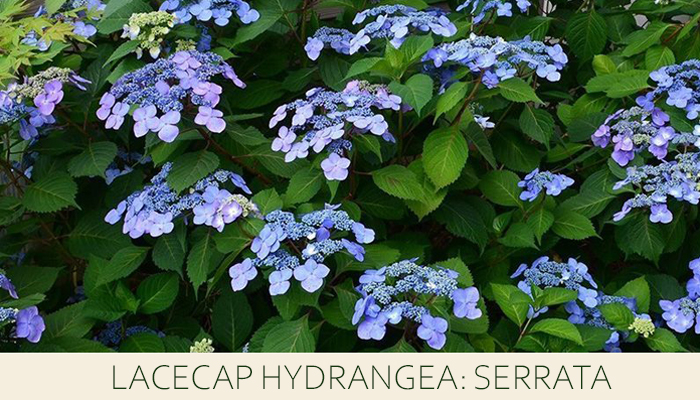
Lacecap hydrangeas are almost
identical to mophead hydrangeas with the only difference existing in its
flowers. They have tiny fertile flower buds in the center, with showy flowers
that circle the edge of the flower head. These showy flowers are sterile, and
their only purpose is to attract.
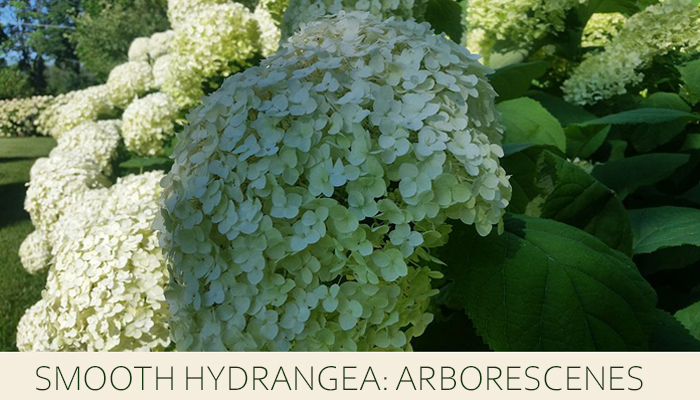
Smooth hydrangea, also known as wild
hydrangeas native to the Americas. It is a large shrub that produces white,
round flower heads that look like large snowballs of stems that can grow up to
six feet tall. It’s scientific name, Hydrangea arborescens, is derived from the
word “arbor” meaning tree due to its branching patterns and size. Smooth
hydrangea have been nicknamed Annabelle’s.
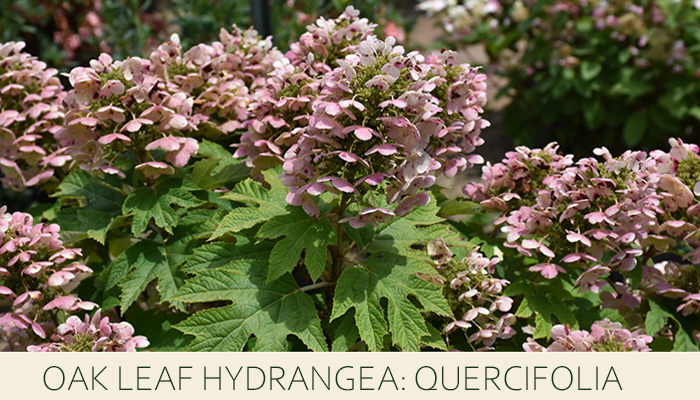
The oakleaf hydrangea is named for its
foliage which is shaped like oak tree leaves. In fact, its scientific name,
Hydrangea quercifolia, is derived from Latin word “quercifolia” which literally
translates into “oakleaf.” the oakleaf hydrangea leaves turn color during the
fall as well and are the only type of hydrangeas that do this. Their leaves can
range from golden orange and bright red, to deep mahogany—making them one of
the most attractive shrubs for your fall garden.
The climbing hydrangea, Hydrangea
animola or petiolaris, is the most distinct type of hydrangea because it is
actually a vine —even reaching up to 80 feet with a supporting structure!
Otherwise these plants will only grow 3 to four feet in height due to their
heavy foliage. The climbing hydrangea have a fluffy lace-like appearance and
beautiful aroma as a matured plant.
Macrophylla and paniculata hydrangea
are a treasured garden plants but if you grow them in your own gardens you must
give them a little time on their stems to harden up before you pull out the
shears. Sold and adored in Petals n Buds flower shops these gorgeous blooms
kick-up any interior décor or bouquet presented in kindness. These two, are the
common varieties sold in Petals n Buds Florist shops.
Hydrangea arborescens Annabelle (a
very hardy form, blooming on new wood), hydrangea quercifolia (oakleaf
hydrangea - very handsome in woodland), hydrangea aspera (extraordinarily shade
tolerant) and of course, the climbing hydrangea: hydrangea petiolaris are all
excellent plants but more suited to a wilder sort of garden than macrophylla
and paniculata.

